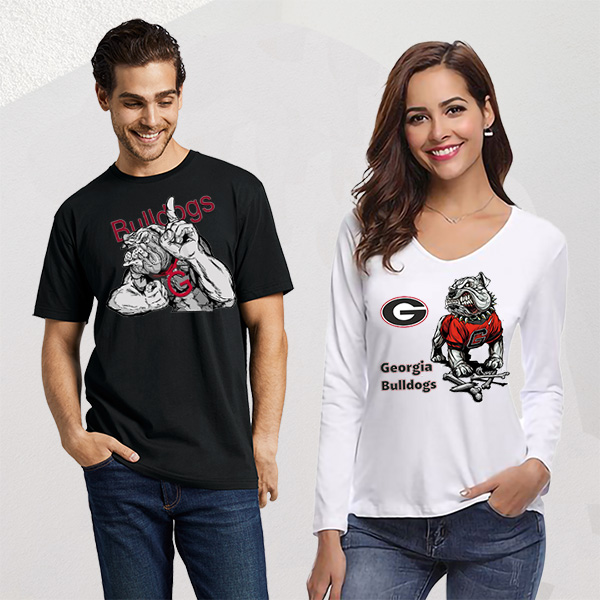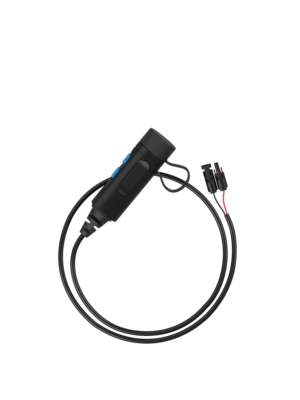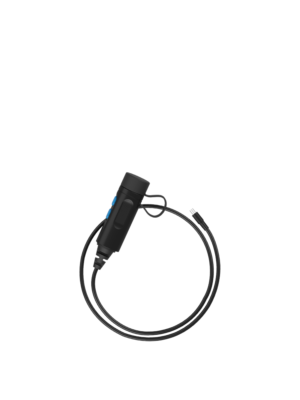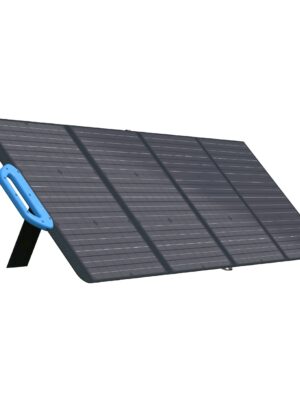How to Clean Dirty Cooking Oil
Like many young women, I did not learn to cook much from my mother.
I did learn a little about baking cookies and
making spaghetti sauce, but that was about it for direct instruction.
I could follow a recipe with reasonable
success and wasn’t afraid of being in the kitchen, but beyond that I was fairly
ignorant.
During the first few years of our marriage, meals were
pretty simple. That’s generally how it
is when you have little children and dinners have to be ready at 5:30 each
day. (That’s the way it is with my
diabetic husband—blood sugars are much easier to manage with a set meal
schedule, and especially with dinner occurring a few hours before bedtime.) I rarely deep-fried anything. That took too much time, but more
significantly, there was a lot of oil involved.
Oil that obviously got contaminated and had to be thrown away.
I didn’t know that oil could be saved.
After a while, I decided that I could try to save the oil if
I ran it through a sieve to filter out the bits of crud. I wasn’t sure this was kosher, but after the
reclaimed oil worked in making bread, I decided I didn’t care. Of course, now I know that this is standard
practice, so it’s no big deal.
For over a decade, when I was baking three loaves of bread
every week for family, we rotated through the used oil really well. The oil was only used for deep frying once or
twice before it was turned into bread.
It rarely got very dark and dirty.
But now, with only one child at home, I make bread about
every three weeks. However, my sons and
their families come for dinner on the weekends.
I have more time for meal prep, and we do a bit more deep frying. And sometimes the oil gets really gross—dirty
and dark. I still use it in making
bread, but I am always worried that I’m going to be caught someday. Yes, that dirty, used cooking oil being
reused in the bread baking has been a dirty little secret for a long time.
So when I stumbled upon a method for cleaning used cooking
oil, I was really intrigued. Because I
know there are people out there for whom this is an issue. It certainly would be for my husband if he
knew about it. And all you need is a packet (well, just a teaspoon) of
unflavored gelatin. If you are
interested in the science behind why this works, take a look at the reference
below.
Very important! Make
sure the oil you are cleaning is at room temperature.
For every quart of oil to be cleaned:
- In a small saucepan, measure ½ cup of cool water. Sprinkle 1 teaspoon of unflavored gelatin
over the water and let sit for a few minutes.
- Bring the gelatin-water to a simmer over medium heat,
stirring constantly until dissolved. - Pour the gelatin mixture into the dirty oil, stirring
constantly and vigorously, to the point where the oil looks very cloudy and the
whole mixture is rather homogenous. As
the oil now needs to be refrigerated, you can transfer it to a glass jar or you
can keep it in the pot and cover it. - Let sit overnight.
- The next morning, pour off the oil into a clean jar. Discard the gelatin that remains in the
bottom of the jar. The cleaned oil is
now ready to use. - This oil will likely still contain some droplets of
water. These will eventually be released
as the pan and oil heat up.
Real world review:
The oil is definitely much cleaner than it was when I started, but not
as clean as I thought it would get. The
gelatin didn’t coalesce into a little disk that I could pick up and discard, but
I also started with about ½ cup more oil than I should have for this
recipe. However, the gelatin and all the
gunkies in the oil were at the bottom of the jar. So I would do this again if I felt the need
to make my oil look cleaner.
References:
https://www.seriouseats.com/clean-cooking-oil-with-gelatin-technique#howto
Please Support Our Sponsors
Solar Power Generator Discounts Along With Free Shipping
- 10% OFF for Jackery Solar Generator 2000 Pro Series with code "JADEAL"
- 10% OFF for Jackery SolarSaga 200W Solar Panel with code "JADEAL"
- 10% OFF for Jackery Solar Generator 1500 Series with code "JADEAL"
- 10% OFF for Jackery Solar Generator 1000 Series with code "JADEAL"
- 10% OFF for Jackery Explorer 1500 Portable Power Station with code "JADEAL"
- 10% OFF for Jackery Explorer 1000 Pro Portable Power Station with code "JADEAL"
- 10% OFF for Jackery Explorer 500 Pro Portable Power Station with code "JADEAL"
- 10% OFF for Jackery Explorer 300 Pro Portable Power Station with code "JADEAL"
- 10% OFF for Jackery SolarSaga 100W Solar Panel with code "JADEAL"

The University of Georgia is represented by the Georgia Bulldogs . The Bulldogs participate in the Southeastern Conference's (SEC) Eastern Division of the NCAA.
They play their home games in the storied Sanford Stadium in Athens, Georgia. The first season in Georgia was in 1892. In 1942, 1980, and 2021, the Georgia Bulldogs won three national championships.
The Georgia Bulldogs have additionally been crowned the National Champion in four additional seasons by at least one polling organization (1920, 1927, 1946 and 1968).
The Georgia Bulldogs are tied for second place in conference history with their 15 conference titles, including 13 SEC titles, and their 59 bowl appearances, which ranks second all-time.
In addition, the program has produced five top picks in the National Football League (NFL) draft, two Heisman Trophy winners, numerous winners of various national honors, and many others.

Longhorns football represents the University of Texas in Austin often known as Texas, UT or the Texas Longhorns. The Longhorns represent the Big 12 Conference in the NCAA Division. They play in Austin, Texas, at the Darrell K. Royal-Texas Memorial Stadium.
The Texas Longhorns are ranked third and seventh, respectively, in terms of all-time wins and win-loss records, with over 900 victories and an overall win-loss percentage of.705.
The legendary program also boasts four national titles, 32 conference titles, 100 First Team All-Americans, and two Heisman Trophy winners.
Get your Texas Longhorns Revival T-Shirt today. The Texas Longhorns Rustic Revival shirt is also a fan favorite.
Many college sports fans like to wear their gear all around town, get your Texas Longhorns Centered gear and show your support.




 Gettr
Gettr














